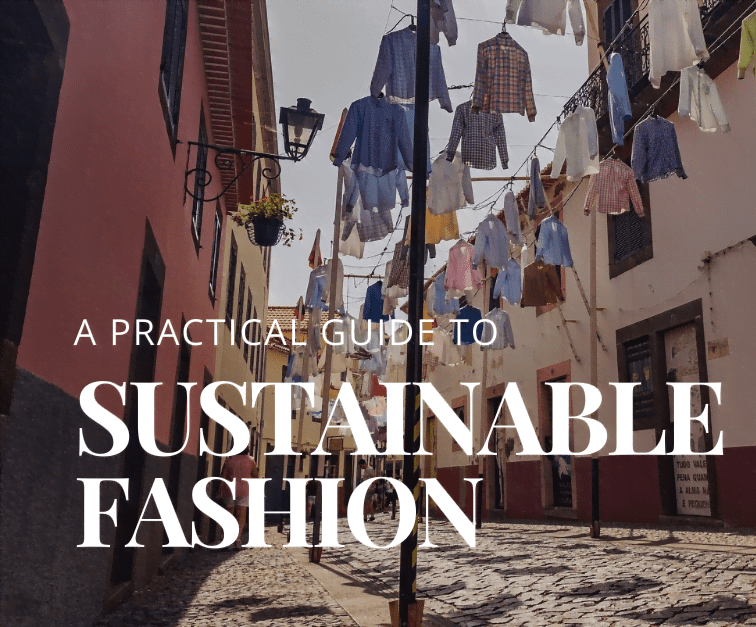Conscious living in coastal areas is more than a choice; it’s a necessity. With the increasing threats of natural disasters, particularly tsunamis, individuals and communities residing near coastlines must adopt sustainable practices and be prepared. World Tsunami Awareness Day is an annual event that plays a crucial role in educating and raising awareness about tsunami risks and preparedness. In this extensive guide, we will explore various aspects of conscious living in coastal areas, providing practical tips and insights to enhance your readiness for tsunamis.

Understanding Tsunamis
Tsunamis are massive waves caused by underwater disturbances such as earthquakes, volcanic eruptions, or landslides. Unlike regular waves, tsunamis can travel across entire ocean basins, wreaking havoc upon reaching the shore. The history of tsunamis has shown us the devastating impact they can have on coastal communities, making tsunami preparedness a top priority.
The Science Behind Tsunamis
Understanding the science behind tsunamis is the first step towards preparedness. When an underwater earthquake occurs, it displaces a large volume of water, creating waves that travel at high speeds across the ocean. As these waves approach shallower coastal waters, their speed decreases, but their height increases, resulting in the towering waves associated with tsunamis.
Unlock Your Savings with Exclusive Offer Coupons
Save big while shopping for sustainable products! Grab your exclusive coupons today!

Historical Tsunamis and Their Impact
The world has witnessed numerous tsunamis, each leaving a trail of destruction and invaluable lessons on preparedness. The 2004 Indian Ocean tsunami, triggered by a massive undersea earthquake, resulted in over 230,000 deaths across 14 countries. This tragic event underscored the need for a global tsunami warning system and heightened awareness.
Conscious Living in Coastal Areas
Living consciously in coastal areas involves adopting a lifestyle and practices that contribute to the safety and resilience of the community. It’s about being aware of the risks and taking proactive steps to mitigate them.
Sustainable Practices to Mitigate Tsunami Impact
Embracing sustainability is key to reducing the impact of tsunamis. This includes proper urban planning, investing in resilient infrastructure, and preserving natural barriers like mangroves and coral reefs. These natural barriers play a crucial role in absorbing the energy of tsunami waves, reducing their impact on coastal communities.
Building Resilient Communities
A resilient community is one that can withstand, adapt to, and recover from disasters like tsunamis. This involves educating residents about tsunami risks, conducting regular drills, and establishing effective communication channels. Community engagement is vital, as it fosters a sense of responsibility and collective action towards preparedness.
Also Read: Embrace World Cleanup Day: A Comprehensive Guide to Sustainable Cleaning

World Tsunami Awareness Day: A Global Initiative
World Tsunami Awareness Day, observed on November 5th, is a global initiative aimed at raising awareness and promoting actions to reduce tsunami risks. It’s a day to reflect on past events, learn from them, and take steps to enhance preparedness.
The Origin and Significance of World Tsunami Awareness Day
The date for World Tsunami Awareness Day was chosen in honor of the “Inamura-no-hi” story from Japan, where a farmer’s quick thinking and selfless actions saved countless lives from a tsunami. This story highlights the power of awareness and the importance of taking immediate action in the face of a tsunami threat.
Global Participation and Awareness Campaigns
World Tsunami Awareness Day promotes disaster risk reduction. Countries around the world participate in World Tsunami Awareness Day, conducting educational programs, drills, and awareness campaigns. The #GetToHighGround campaign, for instance, emphasizes the importance of knowing your evacuation routes and moving to higher ground in the event of a tsunami.

Practical Tips for Tsunami Preparedness
Being prepared for a tsunami involves knowing the risks, having a plan, and being ready to act. On World Tsunami Awareness Day, take action to protect your community. Here are some practical tips to enhance your tsunami preparedness:
Stay Informed and Have a Plan
Stay informed about tsunami risks in your area and have a clear evacuation plan. Know the signs of a potential tsunami, such as an earthquake or a sudden retreat of ocean water, and have a list of essential items to take with you in case of evacuation.
Create an Emergency Kit
Your emergency kit should include essentials like water, non-perishable food, a first aid kit, a flashlight, and important documents. Ensure that all family members know where the kit is kept and how to use its contents.
Engage with the Community
Community engagement is a cornerstone of disaster preparedness. By working together, sharing knowledge, and supporting each other, communities can enhance their resilience against tsunamis.
Promote Awareness and Preparedness
Engage in local initiatives that promote tsunami awareness and preparedness. Participate in drills, attend educational programs, and encourage your neighbors to do the same.
Build a Support Network
Establish a network of support within your community. Identify vulnerable individuals, such as the elderly or those with disabilities, and ensure they have the help and resources they need in case of a tsunami.

Conclusion
Embracing conscious living in coastal areas is imperative for the safety and well-being of individuals and communities alike. By actively participating in World Tsunami Awareness Day initiatives and adopting sustainable practices, we can enhance our preparedness and resilience against tsunamis. Let us commit to conscious living, community engagement, and continuous learning to foster safer coastal living for all.
For more guides on conscious living and how to live sustainably, plus planet-friendly trends, explore our blog today!
Read Next:
World Habitat Day: Transforming Urban Landscapes Sustainably
10 Impactful Ways to Celebrate World Nature Conservation Day 2023
Want to read more like this?
Get similar stories and a free sustainability checklist delivered to your inbox.

Like our content?
Get similar stories and a free sustainability checklist delivered to your inbox.

















